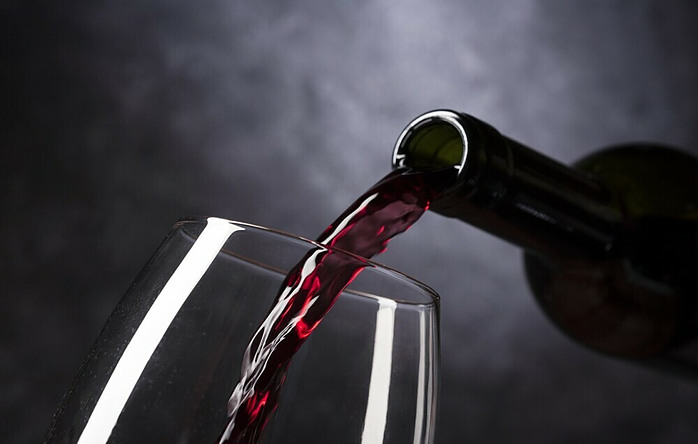Aronia is a nutrient-dense fruit rich in vitamins, minerals, and antioxidants. Its natural medicinal properties make it an ideal ingredient in various recipes, both with and without alcohol. The aronia wine recipe is popular, while marmalade and juice recipes offer non-alcoholic alternatives, which are also interesting. Aronia’s impressive nutritional profile includes vitamins B2, B3, B9, C, E, and P, as well as copper, boron, iodine, iron, calcium, molybdenum, and manganese. Consuming Aronia may help reduce the risk of hypertension, atherosclerosis, and even cancer, making it a valuable addition to a healthy lifestyle.
Some Guidelines for a Aronia Wine Recipe
It is crucial to have fully ripened and healthy aronia fruits for high-quality wine production. The level of ripeness and sweetness of the aronia directly correlates with the success of obtaining excellent wine. To prevent the wine from having too much astringency, it is advisable to freeze the aronia for a few days before wine-making.
Aronia wines can enhance the flavor of other beverages, particularly those that lack sufficient tannins. Examples of such drinks include pear, strawberry, and apple wines, which can benefit from the addition of a small amount of Aronia wine for a subtle aromatic boost.
“Aronia Insights: Quick and Easy”
About 15 kilograms of fruit are needed to produce 10 liters of juice. That’s equivalent to about 6.5 liters of juice for every 10 kilograms of fruit. On average, the juice contains around 70 grams of sugar per liter, and the total acidity is approximately 10 grams per liter.
Please Follow the Step-By-Step Aronia Wine Recipe I’ve Included Below
You can start by carefully choosing the aronias, discarding rotten ones, and washing them. It is recommended to freeze them as well. Thaw the aronia and place it in a fermentation container. Pour boiling water, about 2/3 of the recommended amount, over the aronia and add 2/3 of the suggested sugar quantity. Heat the mixture to 40°C and then include the pectolytic enzyme. Mix thoroughly and leave it in a warm location for 2 hours. Afterward, add yeast and a nutrient solution at a temperature of 25°C. Allow the mixture to ferment for 4-7 days. Strain it and press to obtain the must. Add the remaining cooled sugar syrup, using 1/3 of the water and 1/3 of the sugar. Transfer everything into a glass container or cistern and ferment it with a fermentation tube or a boiling vessel. After four months, decant the wine, separating it from the sediment.
A blend of Aronia and apple, complemented by a raspberry leaf infusion, yields a palate-pleasing beverage that also boasts health benefits. After maturing in a cool, dark environment for a minimum of six months, the wine is clarified and bottled, ready to be enjoyed.
However, it is important to understand that the wine will become more flavorful and developed as bottle aging process is extended.
Additional Tips for the Aronia Wine Grower
The yield and the content of natural acids and sugars in aronia vary depending on the degree of maturity and the type of aronia. Exposure to the sun and the method of cultivation are also important. The amount of squeezed juice depends on the pressing method. It is not recommended for a juicer because losses of up to 20% can occur. A fruit press gives the best results. In domestic wine production, we take into account the average amounts of acids, sugar, and juice.
For more advanced winemakers, we recommend a refractometer and an acid meter.
What we need to buy:
WINE FOOD
WINE YEAST
PECTOLITIC ENZYME
